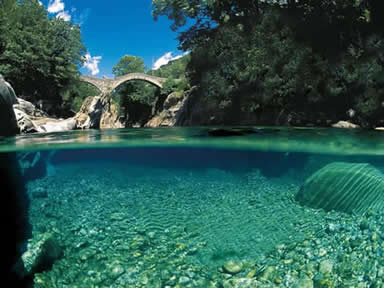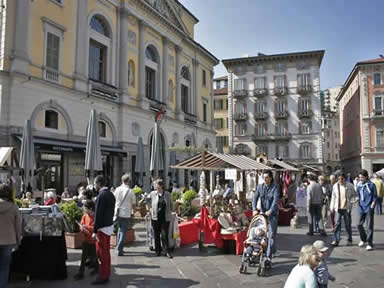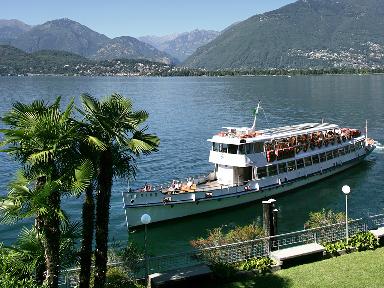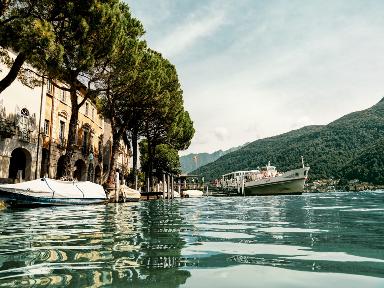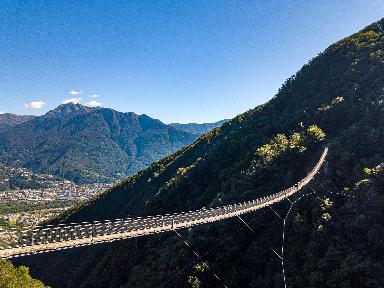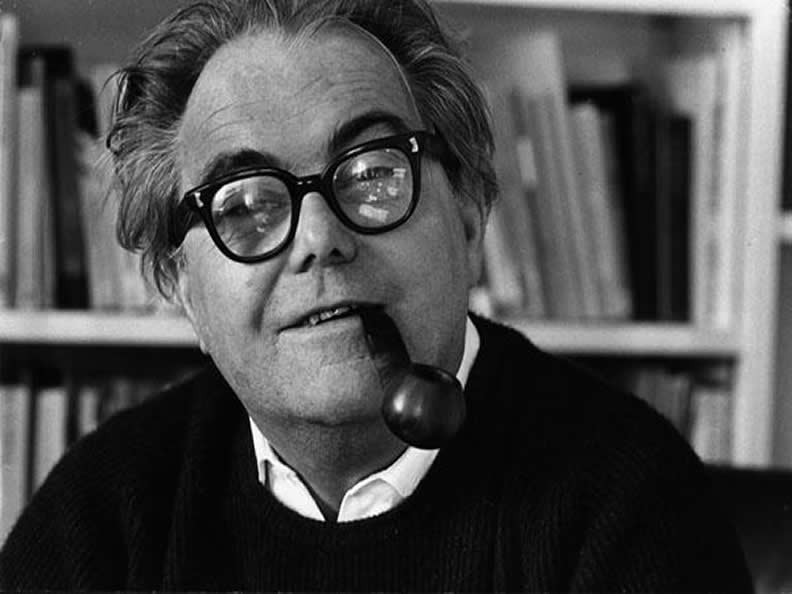
Born in Zurich in 1911, Max Frisch started to write plays while he was still at school. In 1930 he entered the University of Zurich, where he studied German literature and art history. After his father died in 1932, Frisch left his studies and worked as a free-lance journalist to support himself and his mother financially.
From 1936 to 1941, he studied architecture at the Swiss Federal Institute of Technology in Zurich. During his studies he met and fell in love with Gertrud von Meyenburg, who was also studying architecture. In 1942 they married and later they had three children together. In the years after his studies, Frisch worked as an architect for some years. In 1947 he met Bertolt Brecht an encounter which should significantly influence his life.
A life for literature
In the early 1950s Frisch spent a year in the United States on a Rockefeller grant. He also visited Mexico and lived for a time in a ghetto in San Francisco. In 1954 he left his family and after closing down his architecture dedicated himself entirely to writing.
During the 1950s and 1960s, Frisch wrote several novels that have become classics of the Swiss literature, such as “I’m Not Stiller” and “Homo Faber”. He also wrote the famous political dramas “Andorra” and “The Fire Raisers”.
In 1964 the author bought a stone house in Berzona a little village in the Onsernone valley. When describing what had become his adopted place of residence for the last years of his life, Frisch once said: “The village of Berzona lies some kilometres from the Italian border, it has 82 inhabitants who speak Italian and there are no restaurants, not even a bar. Every visitor who comes to this place immediately says: “this air and this calm!”
With his short novel “Man in the Holocene” Max Frisch left a literary memorial to the Onsernone valley. The work was first published in 1979. Its protagonist, a 73-year-old Basle pensioner, lives the days of torrential rains in an isolated mountain village – who would not think of Berzona? – as a parable of his own decay and dying.
Collecting lexical information on countless pieces of paper, which he attaches to the walls, the renter tries to fight his progressive loss of memory, only to realise later that the world does not need his memory.
Frisch’s favourite work
While “Man in the Holocene” was considered a masterwork at the first go in the United States, the short novel was not met with much response by the audience and the critics in the German-speaking area. Many considered it a secondary work and reviews made allusions such as “autobiographical” and “melancholy”.
Meanwhile the importance of “Man in the Holocene” has been generally recognised. Indeed, its topic of old age and death as well as its formal reduction and linguistic scarcity make the short novel exemplary of Frisch’s late work. The author himself later said in an interview that this work was by far his most favourite.
After Frisch’s death at age 79 in 1991 his friends scattered his ashes in Berzona. To this day a commemorative plaque on the wall of the cemetery reminds of the great author.
